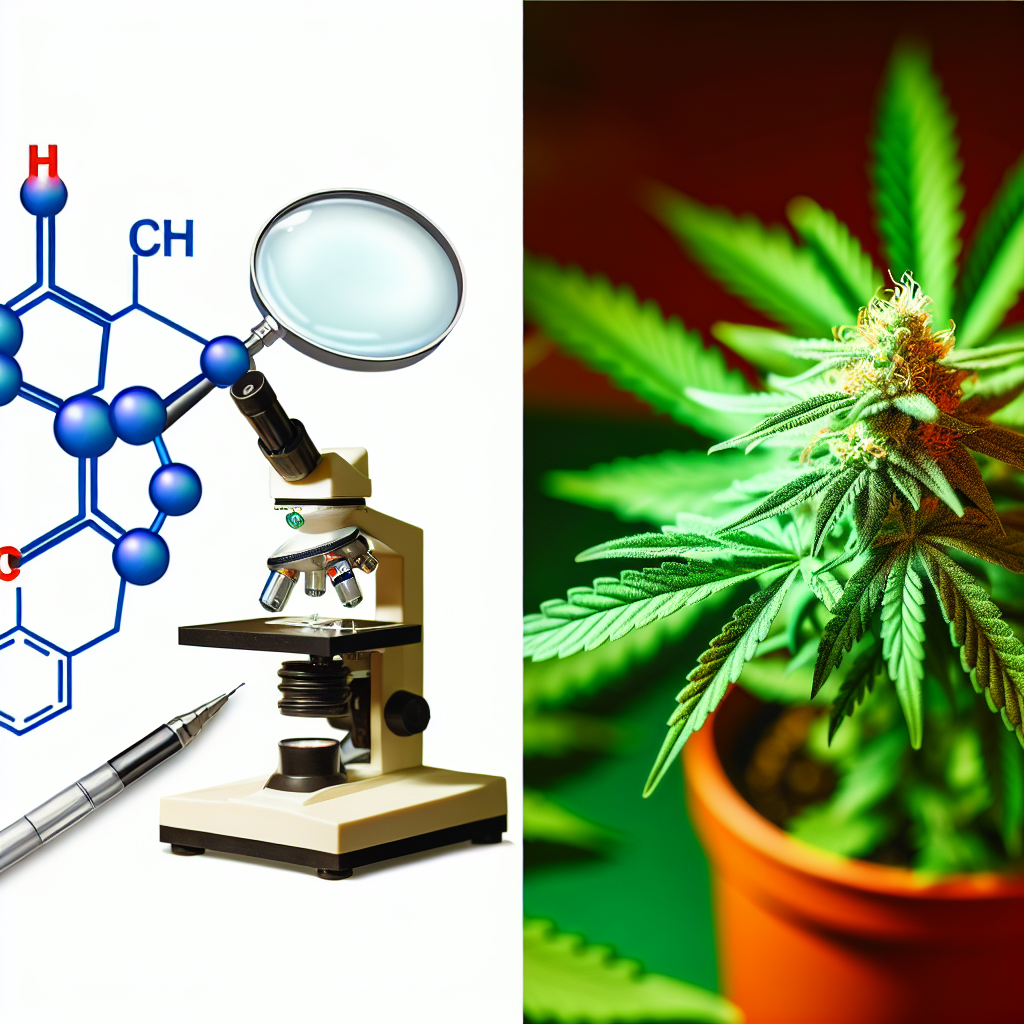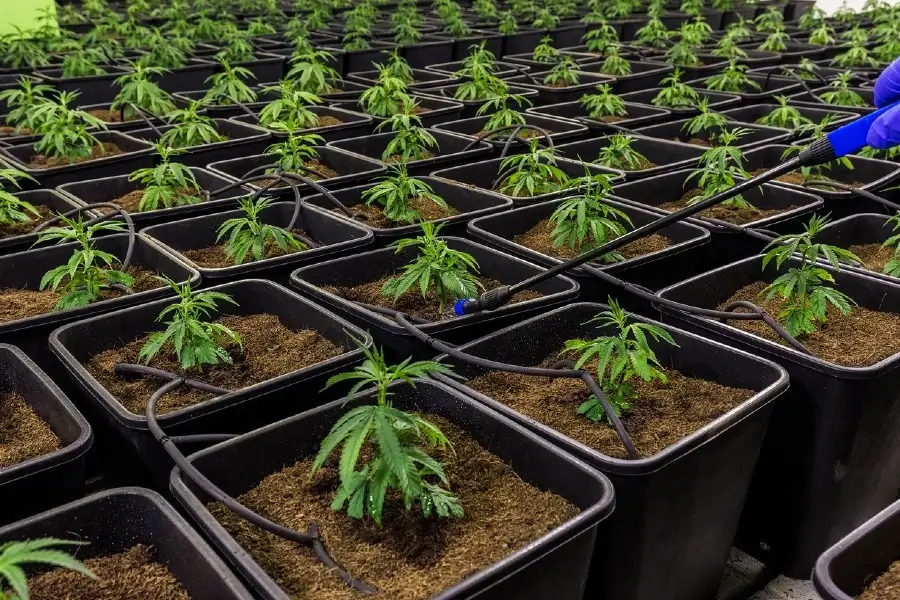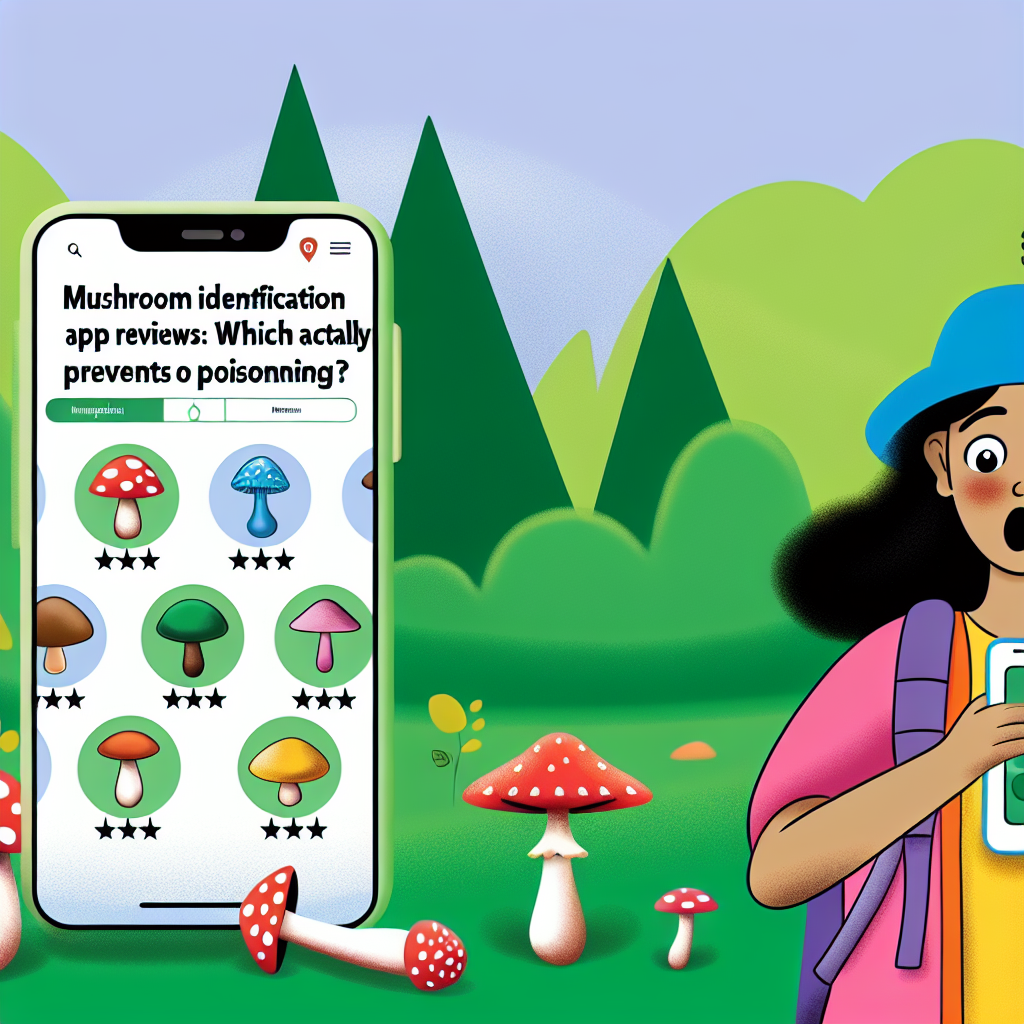THC-P Potency: Understanding the Strongest Natural Cannabinoid
Author: [Your Name or Brand Here]
Date: [Insert Date]
Introduction: Meet THC-P — The Most Potent Natural Cannabinoid Ever Discovered
Cannabis science is evolving at a rapid pace, with new cannabinoids emerging that offer unique effects, therapeutic potential, and chemical structures. For decades, THC (specifically Delta-9-tetrahydrocannabinol) has been recognized as the primary psychoactive compound in cannabis. However, recent discoveries have identified a stronger, naturally occurring cannabinoid: tetrahydrocannabiphorol, better known as THC-P.
First identified in late 2019 by Italian researchers studying the FM2 cannabis strain, THC-P has quickly earned attention in both consumer markets and scientific circles. What sets THC-P apart is its remarkable potency. Early studies suggest that THC-P could be up to 33 times more active at CB1 receptors in the brain than Delta-9-THC. This immense receptor affinity makes THC-P potentially the most powerful natural cannabinoid discovered to date.
This discovery opens up several important questions: What exactly is THC-P, and how does it function in the body? How does its potency compare to traditional THC or newer cannabinoids like Delta-8 and HHC? What are the implications of its strength for both recreational and medical users? Most importantly, what safety considerations should consumers and professionals keep in mind?
Cannabis professionals—from growers to product developers to clinicians—are particularly interested in understanding how THC-P interacts with the endocannabinoid system. Its rare presence in cannabis plants, usually in trace amounts, also has cultivation and manufacturing implications. Because THC-P occurs naturally in only minimal concentrations, extracting a usable quantity often requires specialized methods. Many products labeled as THC-P today use lab-synthesized versions derived from hemp cannabinoids like CBD.
From a consumer’s perspective, THC-P’s effects are reportedly more intense, longer-lasting, and potentially euphoric, even in very small doses. Some users describe its high as surprisingly potent, comparable to taking a significantly larger dose of Delta-9-THC. While this may appeal to certain recreational consumers looking for an extreme experience, the sheer strength of THC-P also raises safety concerns and dosage challenges.
Understanding THC-P’s potency, mechanisms, and implications is essential not only for savvy consumers but also for cannabis professionals looking to innovate responsibly. In the sections below, we delve deeper into the science behind THC-P, highlighting emerging clinical studies and offering context on its therapeutic potential and regulatory landscape.
THC-P and the Science of Super Potency
One of the most significant revelations in cannabinoid research came from a 2019 study published in the journal Scientific Reports. This study, conducted by researchers at the Military Chemical Institute in Florence, Italy, identified THC-P for the first time and analyzed its molecular activity. The findings indicated that THC-P binds to CB1 receptors with up to 33 times the affinity of Delta-9-THC (Citti et al., 2019). CB1 receptors in the brain are primarily responsible for the psychoactive effects experienced after cannabis consumption.
The heightened affinity means THC-P may exert significantly stronger effects even in minuscule doses. For medical professionals, this raises intriguing possibilities. In theory, lower doses of THC-P could produce equivalent or greater therapeutic effects compared to higher doses of Delta-9-THC, which may reduce the risk of side effects like anxiety or cognitive impairment. However, real-world research on its medicinal potential is still in early stages.
Medical Potential: Could THC-P Be a Therapeutic Powerhouse?
Further pharmacological studies are needed to assess THC-P’s applications in pain management, inflammation, and conditions such as neuropathy or anxiety disorders. Because it interacts so efficiently with the endocannabinoid system, it may hold promise for patients who are resistant to conventional THC therapy. Moreover, unlike many synthetic cannabinoids on the market, THC-P is a naturally occurring compound, which presents a preferable safety profile—at least in theory.
Animal studies have already begun to shed light on THC-P’s medicinal viability. In rodent models, THC-P demonstrated similar therapeutic effects to THC, including hypomobility, analgesia, and reduced temperature responses—known as the “cannabinoid tetrad.” These findings support the hypothesis that THC-P could mimic or enhance Delta-9’s therapeutic portfolio but in much smaller doses (EIHA, 2021).
Regulation and Risks: Navigating the Grey Area of THC-P
There are, however, regulatory challenges. Because of THC-P’s novelty and strength, many governing bodies have not yet classified it explicitly, making its legal status murky. While it is technically derived from hemp and arguably compliant with the 2018 Farm Bill, its intoxicating effects could place it under scrutiny from federal and state regulators. Cannabis professionals manufacturing THC-P products need to be proactive in compliance, labeling, and dosage transparency.
Professional interest in THC-P also extends into pharmacogenomics. How will individuals with different genetic expressions of CB1 receptors respond to this new compound? Will it become a microdose-friendly cannabinoid with substantial benefits or be relegated to niche markets due to safety and coping concerns? These are pressing questions for researchers, brands, and medical stakeholders alike.
Conclusion: THC-P’s Bright—but Carefully Measured—Future
In summary, THC-P represents a groundbreaking discovery in the world of cannabinoids. With receptor-binding power that dramatically exceeds that of Delta-9-THC, this compound is setting new benchmarks for potency and effect. While it carries immense therapeutic potential, its strength also necessitates caution, education, and responsible use. As studies expand and clinical applications are explored, THC-P is poised to become not just a novelty, but a notable force in continuing cannabinoid innovation.
References
- Citti, C., Linciano, P., Panseri, S. et al. (2019). “A novel phytocannabinoid…” – Scientific Reports
- European Industrial Hemp Association. (2021). THC-P Safety Report
- National Institutes of Health – PubChem Database: THC-P
Concise Summary:
THC-P is a newly discovered cannabinoid that is potentially the most potent natural compound found in cannabis. With up to 33 times the affinity for CB1 receptors compared to traditional THC, THC-P offers exciting therapeutic potential but also raises safety concerns due to its extreme strength. As research continues, THC-P is poised to become a notable force in the rapidly evolving world of cannabis science and innovation.




